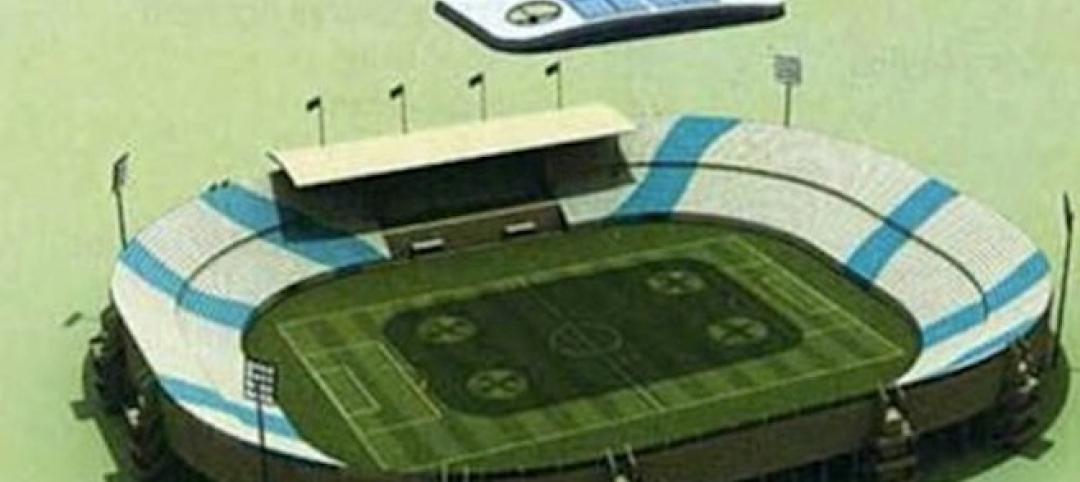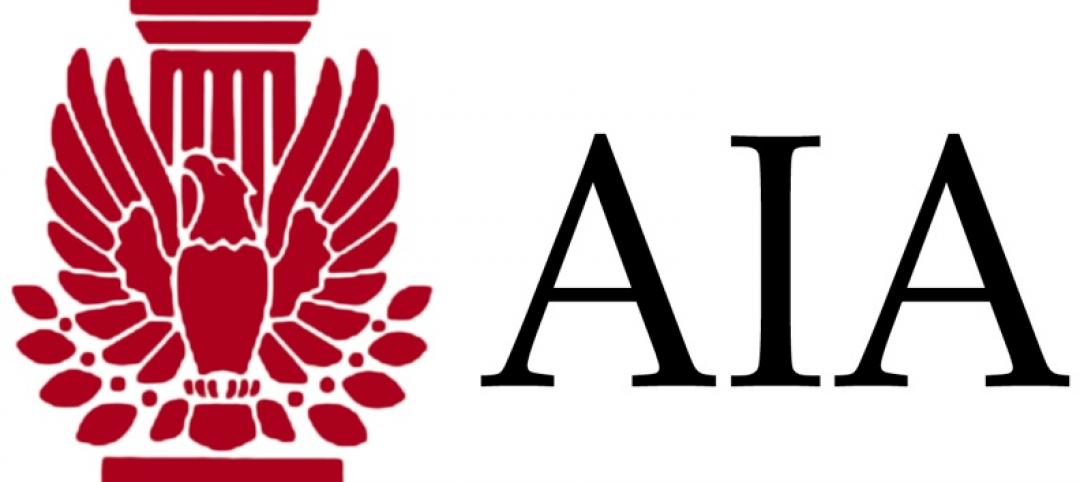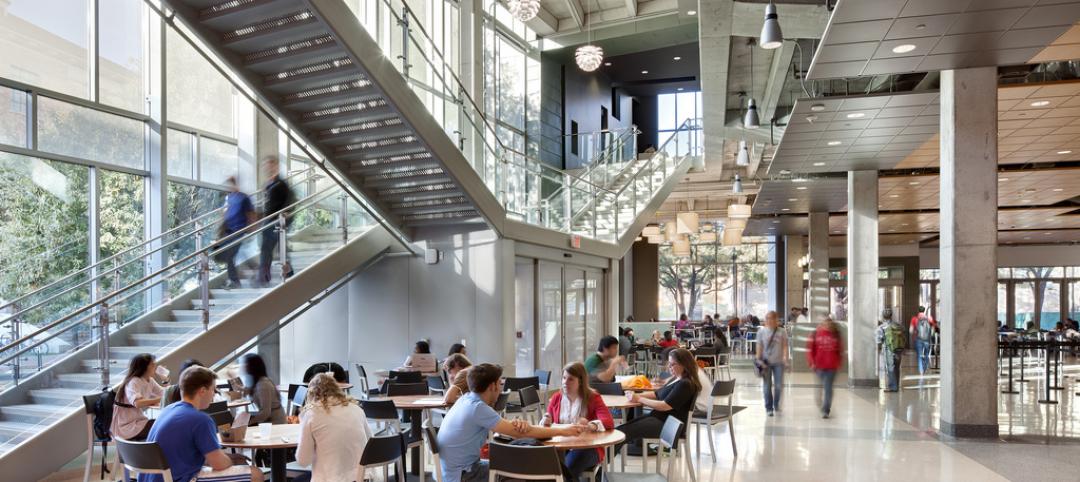“This building may look very cool and modern, but it’s all about performance,” says Marc Butler, CEO and president of J.R. Butler Inc., the Denver-based glazing contractor that helped produce nearly 600 high-performance windows for the U.S. Department of Energy’s new National Renewable Energy Laboratory, near Golden, Colo. From the outset, the client required its 222,000-sf facility to meet the highest performance goals attainable: LEED Platinum, net-zero-energy use, and energy performance 50% better than ASHRAE 90.1 2004. “Those are the three things we made all the decisions around,” says Butler.
It’s ambitious to take on any project with such aggressive energy-efficiency goals, but to move ahead knowing that a significant amount of the building would be punched full of window openings—the building has a wall-to-floor square footage ratio of 4:1—is a prospect many Building Teams would gladly pass up. Throw in a couple additional challenges, such as a tight $64 million budget and a 500-page design-build contract with 50% of the fee at risk if terms weren’t satisfied, and the Building Team of RNL (architect), Stantec (engineer), Haselden Construction (GC), and J.R. Butler had their work cut out for them.
Their solutions for the building’s performance requirements involved the use of innovative window products to optimize and manage daylighting and views and control natural ventilation and unwanted heat gain.
“Daylighting and solar energy are at the core of the building,” says Philip Macey, AIA, design-build project manager for Haselden. “Free lighting is the most important thing a designer and contractor can give a building owner.” The facility’s H-shaped layout, with its two narrow 60-foot-wide wings, ensures that no workstation is more than 30 feet from a window—in a building designed for 800 employees. “During an average day, you should never have to turn on the lights,” says Butler.
Daylighting enters the building from all sides, meaning each façade has numerous openings—a design hardly conducive to a tight, super-efficient building. Window units had to plug potential leaks. “The R-value in the walls was huge, which meant the R-value in the glass had to be huge,” says glazing contractor Butler. “It’s a significant challenge for glass to give you good insulation value.” Butler, whose firm has a license agreement to unitize for Wausau Windows and Wall Systems, specified Wausau’s 4250 Series and created a SuperWall system with help from SageGlass, Viracon, and Linetec using energy and light modeling data from Stantec.
The thermal modeling process lasted about 15 months. There was so much data to be crunched that Butler says it took a dedicated computer bank three weeks to spit out supposedly “final” results each time a change was made. “Every time we thought we were good and ready to order the windows, something else would bump the performance of the window,” says Butler. “The balancing act was crazy.”
As a result of the complex modeling, eight different types of glass were specified to help balance light, U-value, and shade coefficient. Wausau’s high-performance aluminum frames (with 70% recycled content using secondary billet) were fitted with triple-pane glazing that features Viracon low-e coatings (sometimes two or three different coatings). In some instances, electrochromically tintable glass (from Sage Electrochromics), which darkens when voltage is applied to it, was used. Linetec finished the aluminum frames in a silver-hued mica Kynar coating and supplied the thermal barrier system. Fabrication of the custom windows took about 10 weeks, with both Wausau and J.R. Butler manufacturing the units.
Wausau also constructed custom sunshades, called bonnets, to box the windows, adding both a distinguishing architectural element and additional shading. “The sunshades give people the ability to look out and see the full Colorado landscape but without having direct sunlight in their face,” says Butler. “In our studies of the sun, when you get that spring and fall and winter sun, the sidepieces block that out. When you have high summer sun, the top shade blocks that out.”
The problem with using all that super high-performance glazing and additional shading devices is that it reduces visible light transmittance, which conflicted with the client’s wish for interiors flooded with natural light. To compensate, clerestory windows were installed above the bonnets and fitted with fixed, mirrored light louvers between the panes that reflect light upward, bouncing it off the ceiling and funneling it deep into the building—an average 20 to 30 feet inside. The Building Team also employed 13-foot-high ceilings, workstation furniture with low walls, and bright interior paint colors to keep interiors bright. “It got to the point where we had to make sure interior light wasn’t too overwhelming,” says Butler.
The operable clerestory windows are programmed to automatically open at night to purge heat buildup and cool the building. “It’s a smart alternative to having the air-conditioning kick on,” says Butler. Those operable windows almost never made it beyond the drawing board, however, because the DOE worried about the building being targeted for a bomb or poison gas attack and being caught with the windows open. However, the Building Team was able to obtain a special code variance, and numerous safeguards were put in place to protect against such an incident.
The custom windows and installation were costly, with J.R. Butler being the project’s second largest subcontractor. Butler acknowledges that while the scope of work was appropriate for this particular client, “it’s still very expensive for the private sector, but they can learn from this technology” and incorporate ideas into their projects as budgets permit.
The National Renewable Energy Laboratory’s Sustainable Features
• High-efficiency windows
• Precast CMU
• Radiant heating and cooling
• Underfloor ventilation
• High-efficiency computers, monitors, and other office equipment
• Transpired solar collectors
• On-site solar energy system
• Use of recycled and reclaimed materials, including aggregate from an airport runway and structural steel columns from natural gas piping
Related Stories
| Mar 25, 2011
Qatar World Cup may feature carbon-fiber ‘clouds’
Engineers at Qatar University’s Department of Mechanical and Industrial Engineering are busy developing what they believe could act as artificial “clouds,” man-made saucer-type structures suspended over a given soccer stadium, working to shield tens of thousands of spectators from suffocating summer temperatures that regularly top 115 degrees Fahrenheit.
| Mar 23, 2011
AIA adds 13 new contract documents to Documents-on-Demand service
Web-based solution adds 13 popular Architect’s Scope of Services Documents to AIA Documents-on-Demand, providing easy access to documents anytime, anywhere.
| Mar 23, 2011
After 60 years of student lobbying, new activity center opens at University of Texas
The new Student Activity Center at the University of Texas campus, Austin, is the result of almost 60 years of students lobbying for another dedicated social and cultural center on campus. The 149,000-sf facility is designed to serve as the "campus living room," and should earn a LEED Gold certification, a first for the campus.
| Mar 23, 2011
Architecture Billings Index shows nominal increase
The American Institute of Architects (AIA) reported the February Architecture Billings Index score was 50.6, up slightly from a reading of 50.0 the previous month. This score reflects a modest increase in demand for design services (any score above 50 indicates an increase in billings). The new projects inquiry index was 56.4, compared to a mark of 56.5 in December.
| Mar 22, 2011
The American National Standards Institute accredits Stantec for greenhouse gas verification
Stantec Consulting Ltd.’s Atmospheric Environment Group has been awarded accreditation by the American National Standards Institute (ANSI) for verification of assertions related to greenhouse gas (GHG) emissions. The Scope of Accreditation is for verification of emissions and removals at the organizational level for Group 1 – General.
| Mar 22, 2011
Mayor Bloomberg unveils plans for New York City’s largest new affordable housing complex since the ’70s
Plans for Hunter’s Point South, the largest new affordable housing complex to be built in New York City since the 1970s, include new residences for 5,000 families, with more than 900 in this first phase. A development team consisting of Phipps Houses, Related Companies, and Monadnock Construction has been selected to build the residential portion of the first phase of the Queens waterfront complex, which includes two mixed-use buildings comprising more than 900 housing units and roughly 20,000 square feet of new retail space.
| Mar 21, 2011
RATIO Architects announces merger with Cherry Huffman Architects
RATIO Architects, Inc. with studios in Indianapolis and Champaign, Ill., recently announced it has merged with prominent Raleigh, N.C., firm Cherry Huffman Architects.
| Mar 18, 2011
Universities will compete to build a campus on New York City land
New York City announced that it had received 18 expressions of interest in establishing a research center from universities and corporations around the world. Struggling to compete with Silicon Valley, Boston, and other high-tech hubs, officials charged with developing the city’s economy have identified several city-owned sites that might serve as a home for the research center for applied science and engineering that they hope to establish.
| Mar 17, 2011
Perkins Eastman launches The Green House prototype design package
Design and architecture firm Perkins Eastman is pleased to join The Green House project and NCB Capital Impact in announcing the launch of The Green House Prototype Design Package. The Prototype will help providers develop small home senior living communities with greater efficiency and cost savings—all to the standards of care developed by The Green House project.












